- TOP>
- Geo Story
 Geo Story
Geo Story
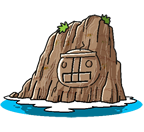

The museum of the land and lifestyles nurtured by the foundation of the Shikoku Mountains and the Uwakai Sea
 Geopark is a “park of the earth”.
Geopark is a “park of the earth”.
A geopark is a “park of the earth”, where visitors can learn about how the earth has formed, and fully immerse in the nature, ecosystem, and lifestyle that was nurtured by the land. Japan has 43 areas that are designated as geoparks by the Japan Geopark Committee (as of March 2021). Nine of these are designated as UNESCO Global Geoparks. These geoparks, which have been adopted by UNESCO as part of its official program, meet the high standards established by the organization.

From the 400-million-year-old Kurosegawa Tectonic Zone to rock formations that are still developing
The Shikoku Seiyo Geopark was certificated as a Japanese Geopark in September 2013. The geology of Seiyo City is characterized by accretionary wedges, which were raised by the movements of the tectonic plates. Most of the accretionary wedges were formed 200 million years ago and include rocks such as tufa that are still developing. In Seiyo City, however, the Kurosegawa Tectonic Zone was discovered, and, at more than 400 million years old, it is much older than the accretionary wedges. This zone is thought to have been part of a distant continent, although its real identity remains a mystery.
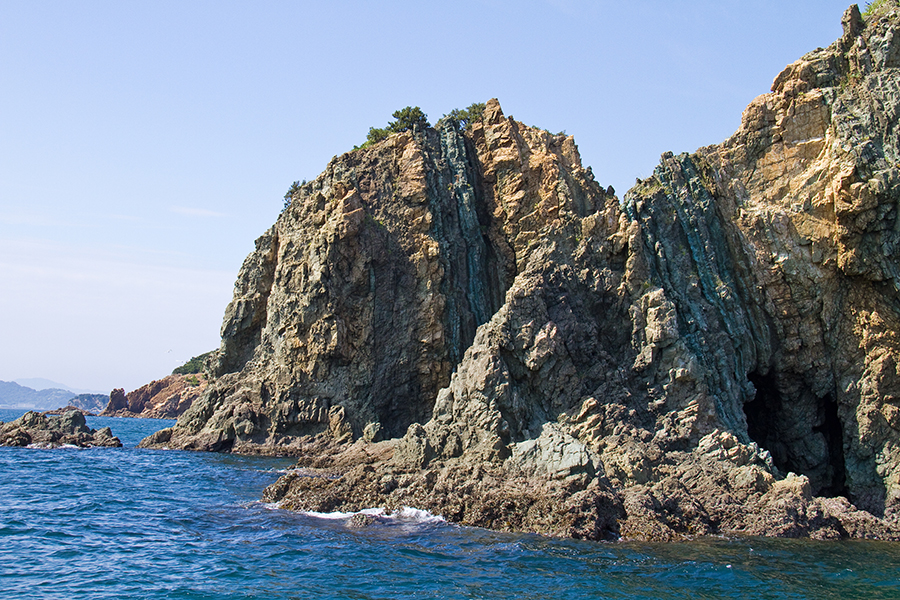
Suzaki Coast
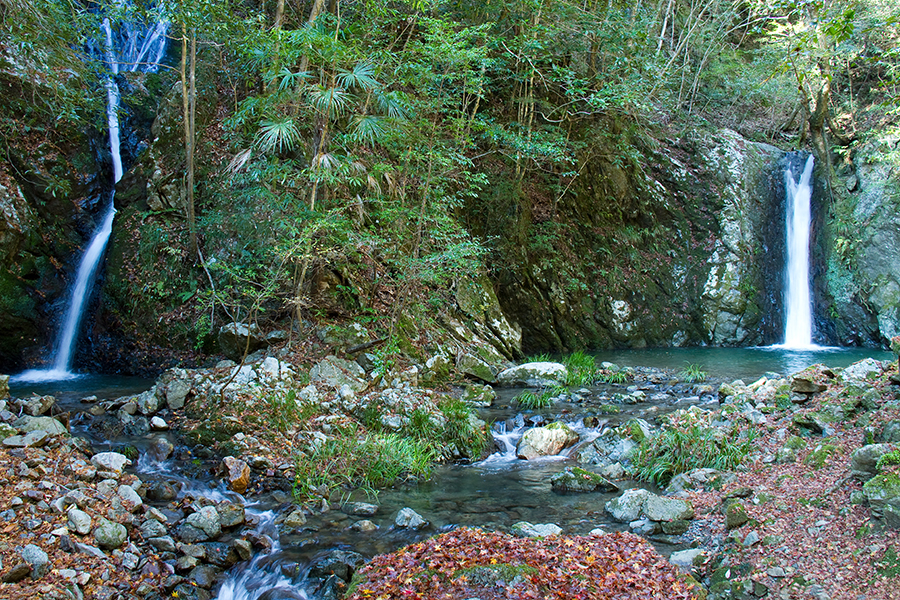
Mitaki Valley
Diverse geographic features foster a variety of lifestyles.
The Shikoku Mountains, more than 1000m above sea level, were formed by the uplift of the earth with the rise of the plates. Meanwhile, the rias coast appeared when the sea level rose due to the global climate change, and seawater flowed into
steep-sided valleys. In this way the land of Seiyo City was formed with an altitude difference of 1400m, and resourceful inhabitants took advantage of the climate and natural features to build their lives around dairy farming, rice cultivation, fishing, and citrus farming. Moreover, the various industries and diverse geographical features have nurtured a unique culture in each region, including festivals, customs, and food culture.
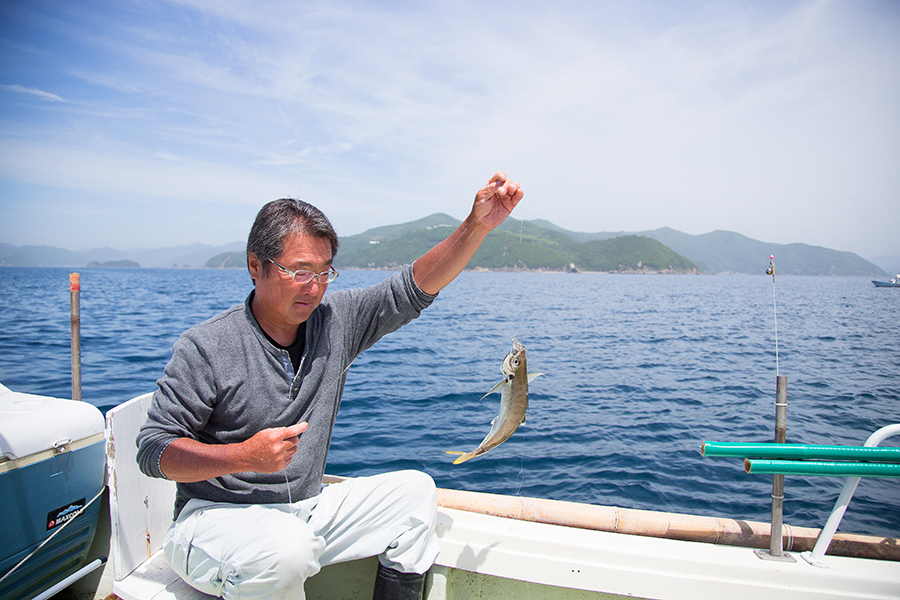
Fishery
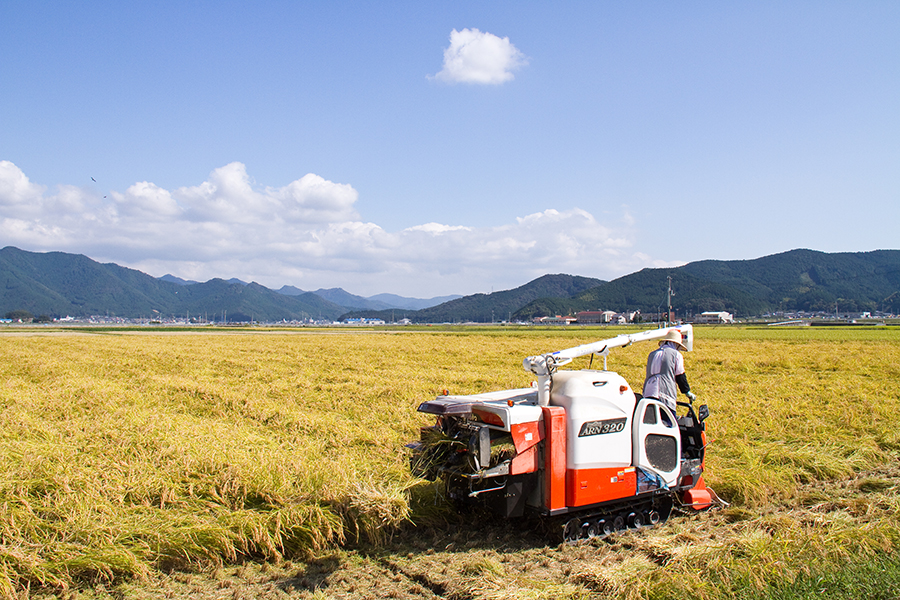
Rice cropping














